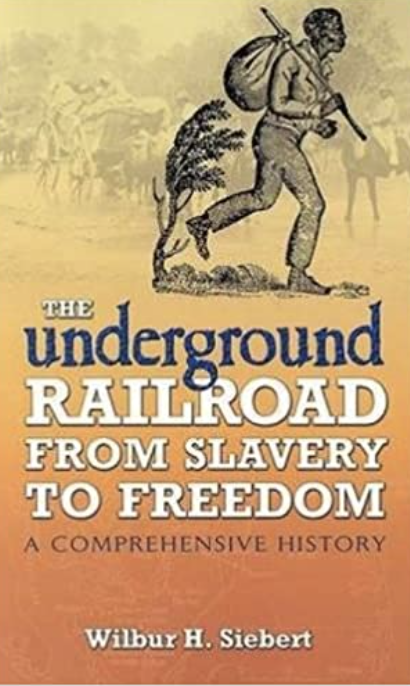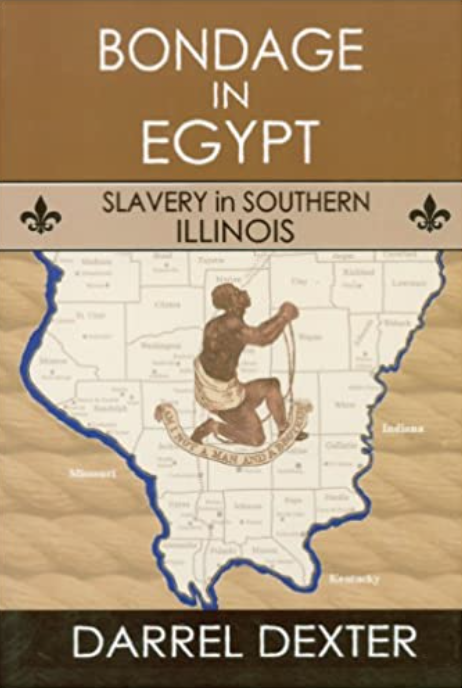Historians' Perspectives on the Underground Railroad
/https://siu.edu/search-results.php
Last Updated: Oct 02, 2025, 03:02 PM
Historians' Perspectives on the Underground Railroad
The history of the Underground Railroad, a secretive movement to support freedom seekers’ escape from slavery, includes as much enthusiasm as it does misrepresentation about an important era of great struggle and resistance. The essential questions for this module focus on these different perspectives of representing and misrepresenting this time period.
Essential Questions:
What are historians’ arguments about the Underground Railroad in southernmost Illinois?
Did Miller Grove or other African American communities participate in the Underground Railroad (UGRR)?
Historian Wilbur Siebert’s 1898 documentation of these events originated from stories his white students would tell him about their family’s involvement in this movement. Many historians continued this tradition of writing the movement’s history as a story of sympathetic northern whites assisting freedom seekers. Later historians began to challenge these ideas to reveal another supporter of this movement—residents in free African American communities.
Compare the Sources: The map below shows where historian Wilbur H. Siebert located the Underground Railroad (UGRR) in southernmost Illinois in his 1898 book. Compare this map to historian Darrel Dexter’s description of the UGRR in the same region from his 2011 book. Do they agree where the UGRR existed in this part of the state? Why or why not? Click the locations on the map to compare and then make a claim.
 Source A: The Underground Railroad in southernmost Illinois based on Wilbur Siebert’s 1898 book, The Underground Railroad from Slavery to Freedom: A Comprehensive History.
Source A: The Underground Railroad in southernmost Illinois based on Wilbur Siebert’s 1898 book, The Underground Railroad from Slavery to Freedom: A Comprehensive History.
 Source B: Excerpts from pages 304, 305, and 319 in Darrel Dexter’s 2011 book, Bondage in Egypt: Slavery in Southern Illinois.
Source B: Excerpts from pages 304, 305, and 319 in Darrel Dexter’s 2011 book, Bondage in Egypt: Slavery in Southern Illinois.
Rank the Sources: Did Miller Grove or other African American communities participate in the Underground Railroad (UGRR)? Which sources claim that these communities did support freedom seekers? Place the sources at the ends of the line that support or do not support this argument. Sources you claim do not provide clear enough evidence that Miller Grove or other African American communities were part of the Underground Railroad should be placed in the middle.